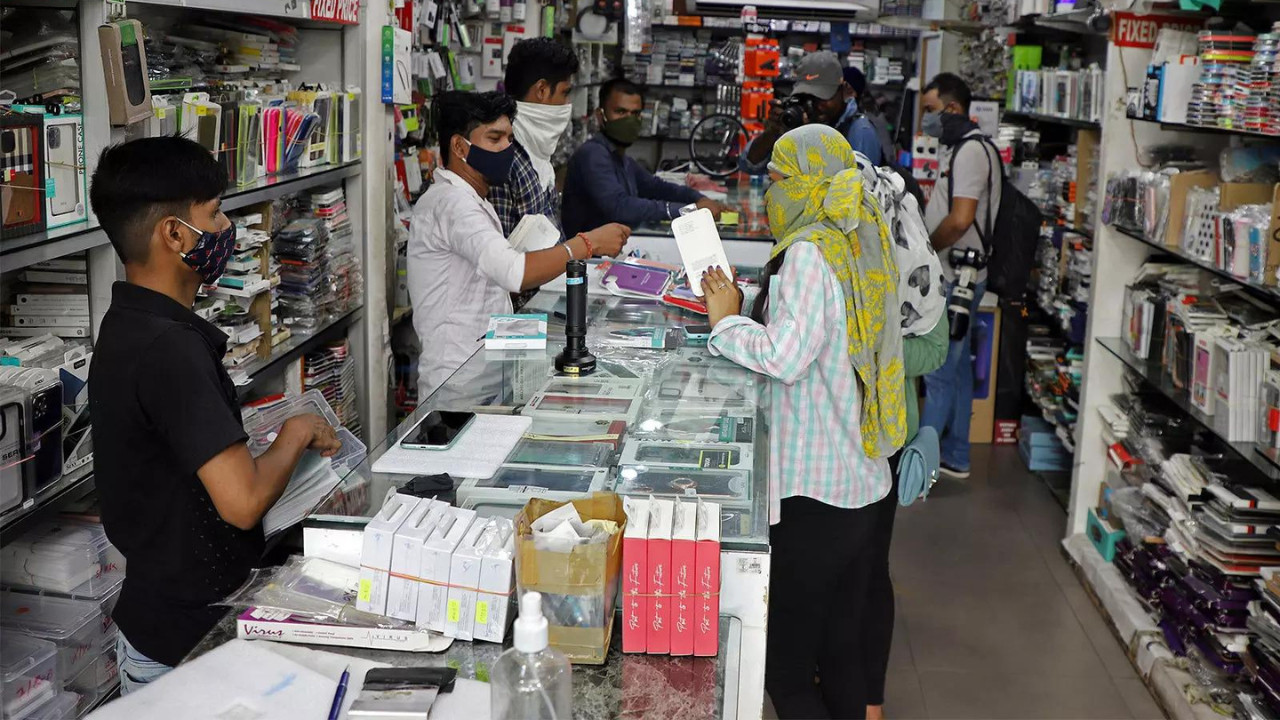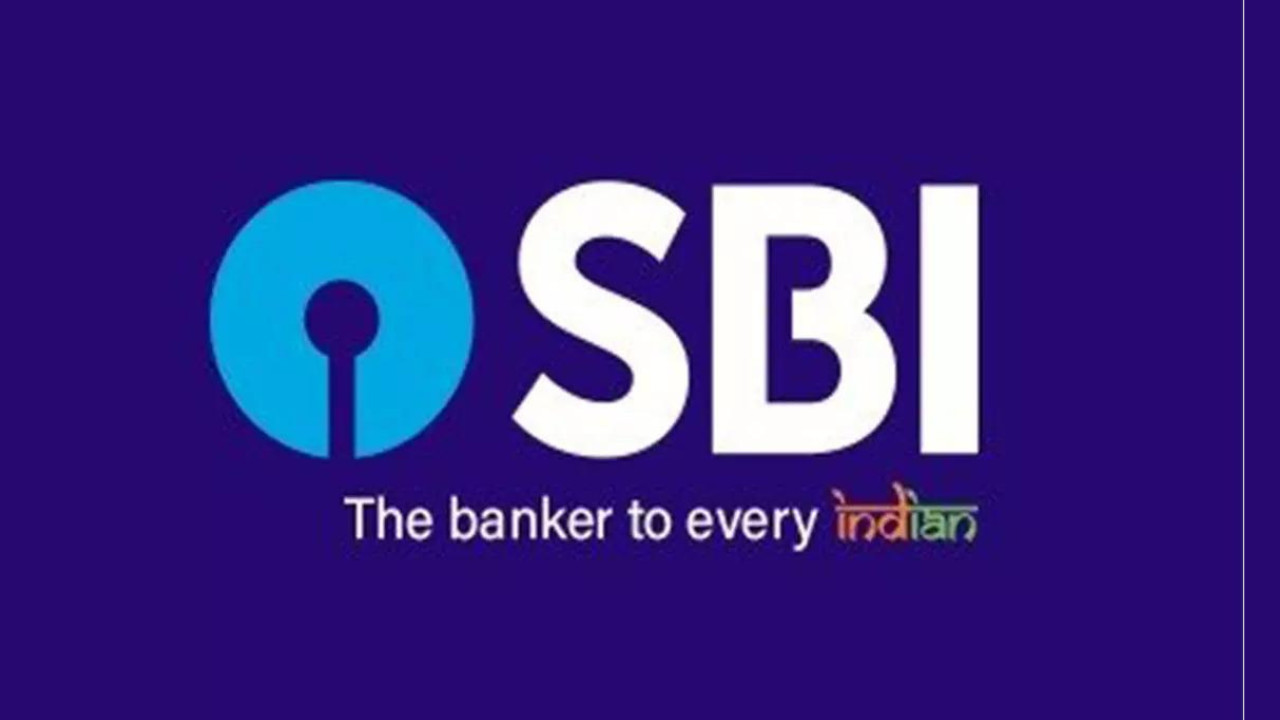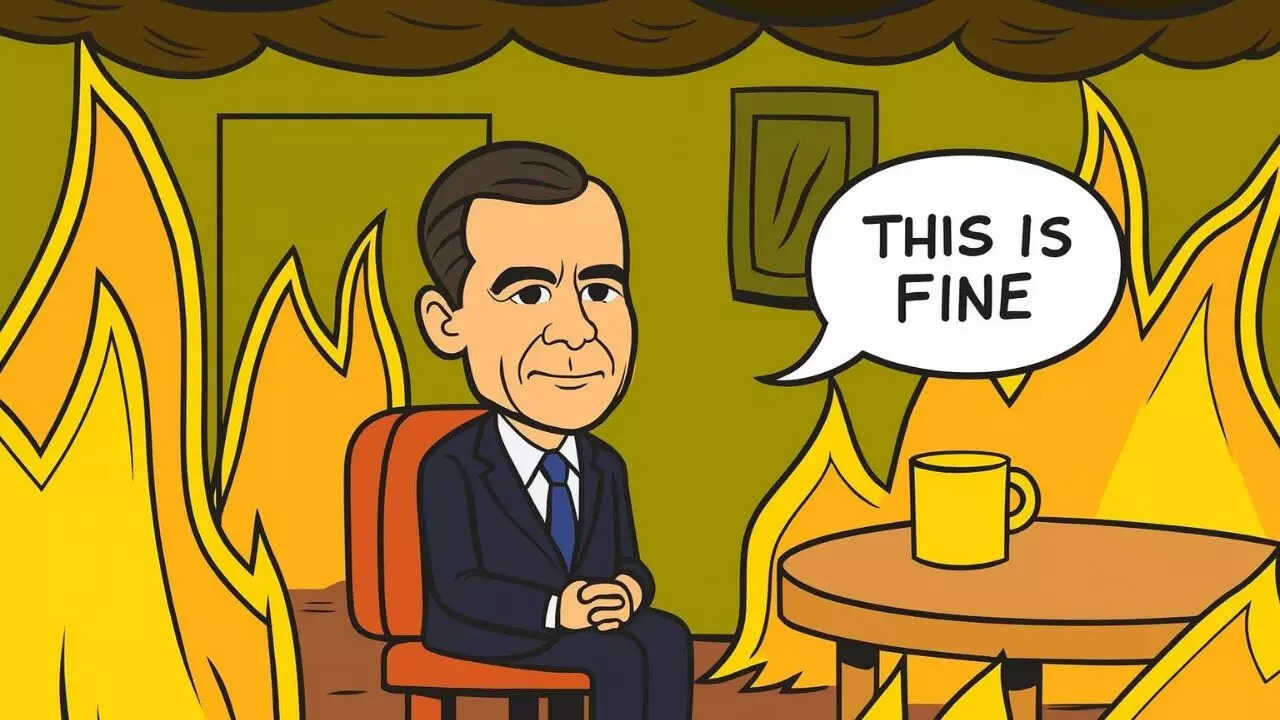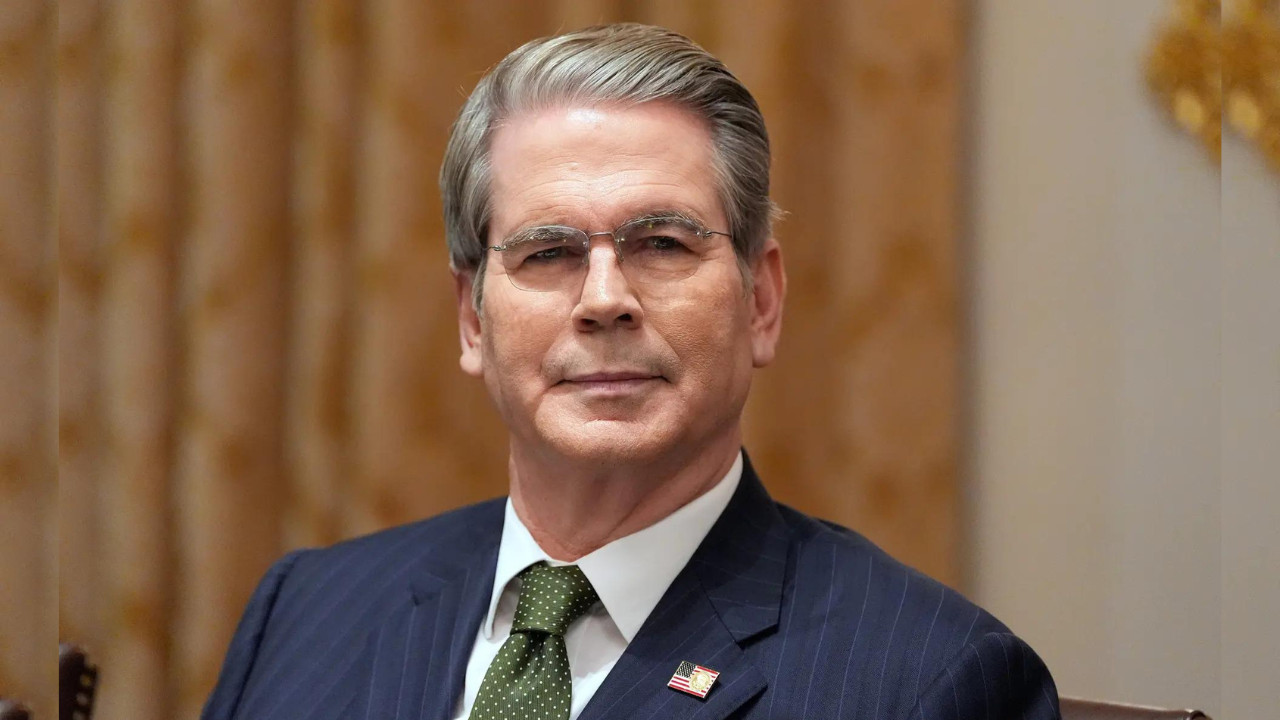India’s economy is poised for steady growth in the latter half of the financial year, driven by robust domestic consumption. Despite global trade uncertainties and US tariffs, strong internal demand and government spending on infrastructure are key stabilisers. Festive sales are projected to hit record highs, signalling consumer confidence.
India’s Economic Engine: Gearing Up for a Strong Second Half in FY26
The murmur on the street? Optimism. The vibe in the markets? Quiet confidence. Forget muted expectations – the second half of fiscal year 2026 is shaping up to be a period of robust economic activity for India, fueled by a powerful combination of factors. Forget the gloom; the future’s looking brighter than ever.
Let’s unpack what’s driving this positive outlook. The primary force is good old-fashioned domestic demand. Imagine millions of Indians, wallets a little fuller, ready to spend on everything from consumer goods to new homes. That’s the picture economists are painting, and it’s a vibrant one. This surge in internal spending is expected to act as a powerful buffer against any potential headwinds from the global economy.
The Festive Boost and Government’s Role in India’s Economic Growth
Of course, no discussion about India’s economic landscape is complete without mentioning the festive season. From Diwali’s dazzling lights to the joyous celebrations of Eid, these periods traditionally see a significant spike in consumer spending. This year is expected to be no different. The anticipation is that these sales will inject a substantial dose of energy into the economy, further accelerating growth.

But it’s not just about personal spending sprees. Government initiatives are also playing a crucial role. Strategic infrastructure projects, coupled with policies designed to encourage investment and manufacturing, are setting the stage for sustained expansion. Think of it as laying the foundation for long-term economic prosperity, brick by brick. These investments not only stimulate immediate growth but also create jobs and improve the overall business environment.
Navigating Global Uncertainty for Sustained Economic Growth
The world economy is, let’s face it, a bit of a rollercoaster these days. Geopolitical tensions, fluctuating commodity prices, and varying growth rates across different regions all contribute to a sense of uncertainty. While India isn’t entirely immune to these global currents, the strengthening domestic demand provides a considerable shield.
This isn’t to say we can afford to be complacent. Vigilance and proactive policy adjustments are crucial to navigate any potential storms on the horizon. Careful monitoring of global trends, coupled with a flexible approach to economic management, will be key to ensuring that India’s growth trajectory remains on track. Consider reading about [the impact of global inflation on the Indian economy](internal-link-to-related-article).
The Promising Outlook for H2 FY26
So, what does all this add up to? A positive outlook for the second half of fiscal year 2026. While predicting the future with absolute certainty is impossible, the current indicators suggest a period of strong economic growth driven by internal forces. The combination of robust domestic demand, a festive season boost, and strategic government spending creates a powerful recipe for success.
However, it’s important to remember that sustainable economic growth is a marathon, not a sprint. Continued focus on reforms, infrastructure development, and creating a favorable business climate will be essential to ensure that India realizes its full economic potential in the years to come. The Indian economic growth story is far from over; in fact, it feels like it’s just getting started.
Economic growth in the second half of FY26 promises to be a key chapter in India’s ongoing success. By harnessing its internal strengths and navigating external challenges with agility, India is poised to emerge as a major force in the global economy.







